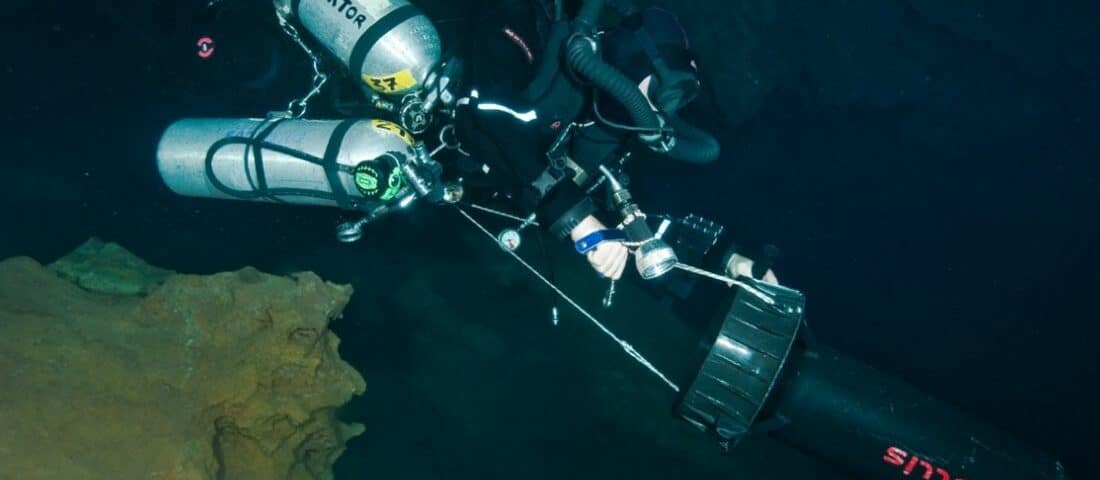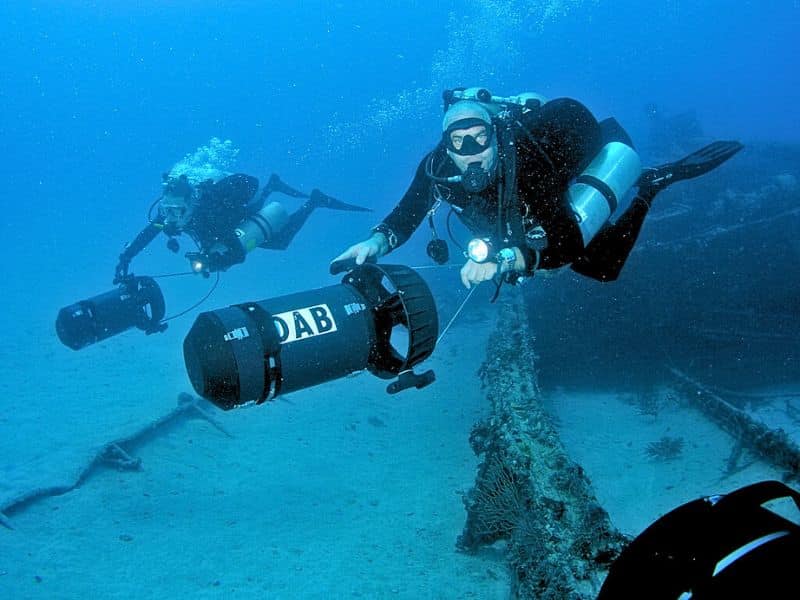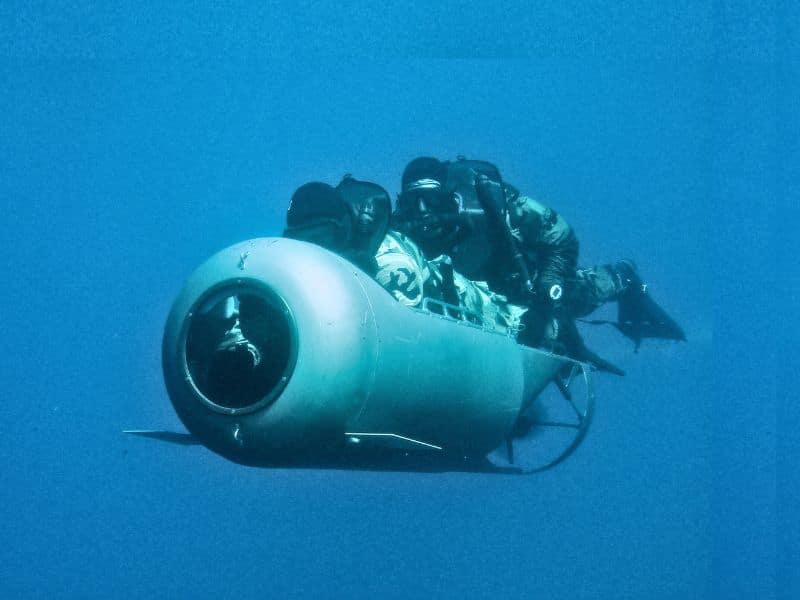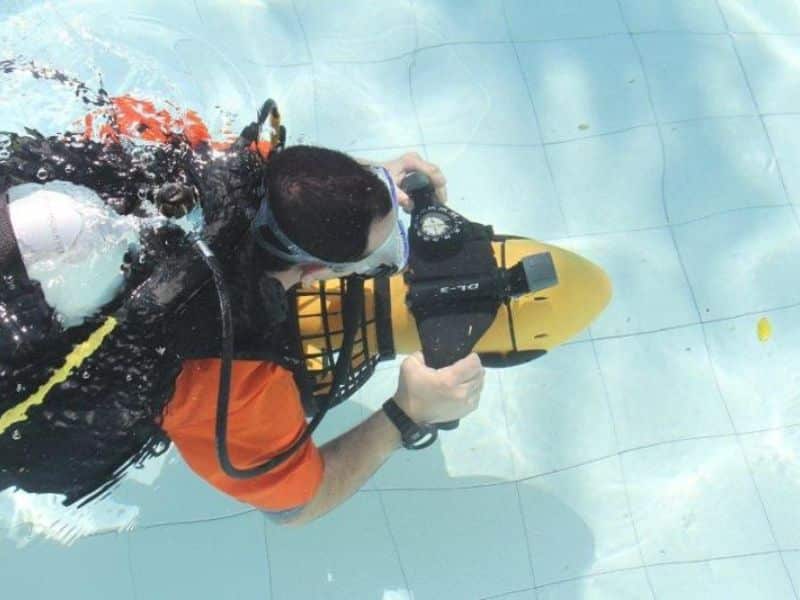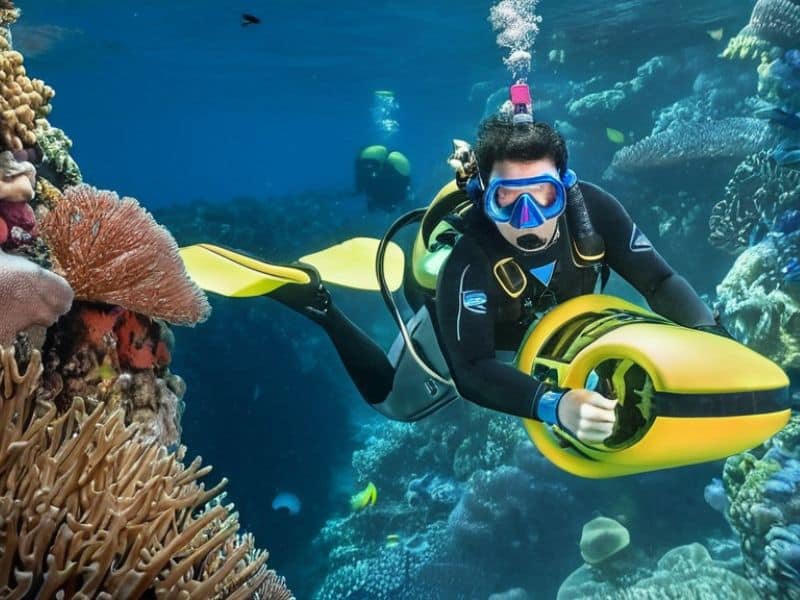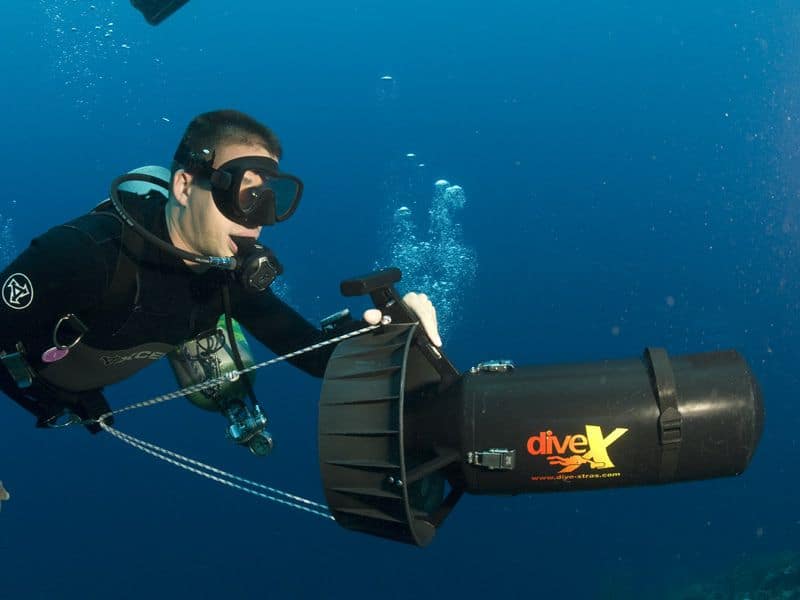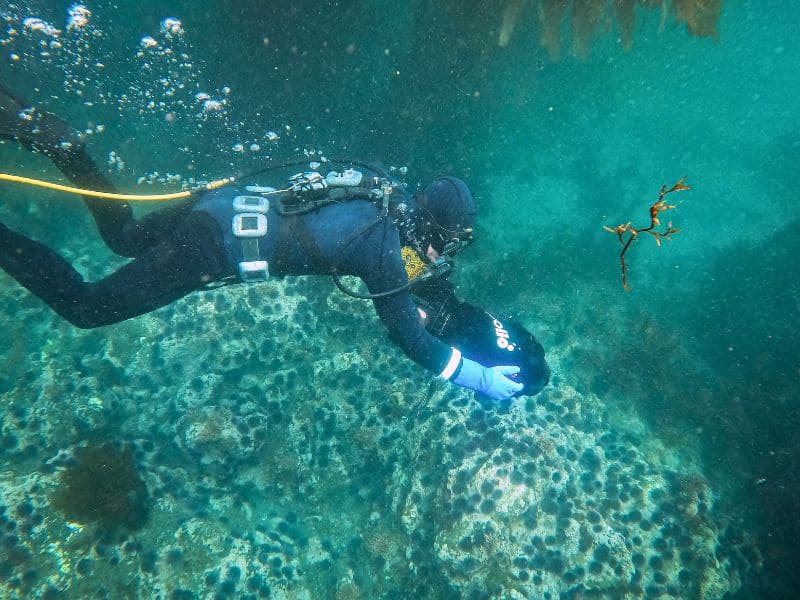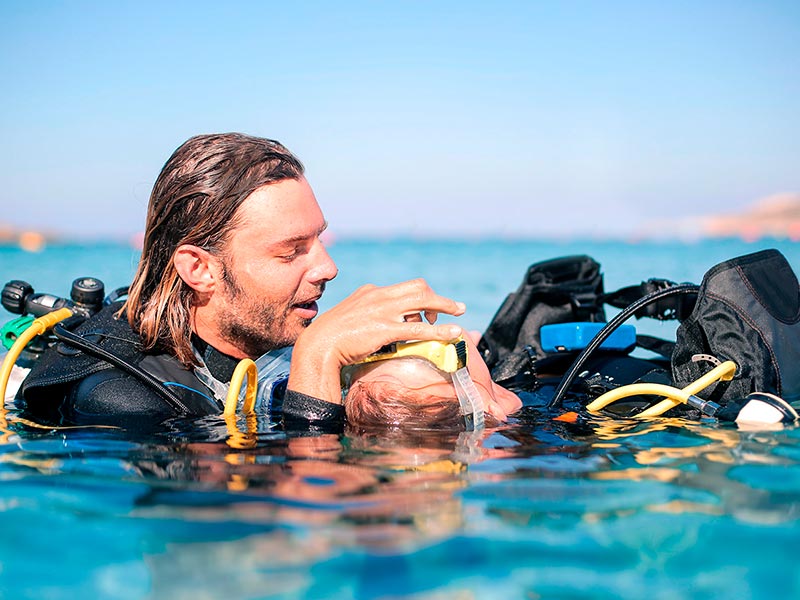8. Safety Tips and Basic Guidelines for Diving with a Diver Propulsion Vehicle
Get Trained: Learn how to operate your Diver Propulsion Vehicle (DPV) like a pro and what to do if things get tricky. It’s crucial to manage your buoyancy while using an underwater thruster motor. Are you on top of it?
Practice on Land: Don’t dive straight in. Get comfortable with the controls and handling of your underwater motor thruster on the surface before you hit the water.
Plan Your Dive: Before you dive, plan your immersion carefully. Outline a clear route, set the maximum depth, and make sure everyone in your group is aware of the plan. Consider the battery life of your electric underwater thruster and ensure it’s enough for your planned time underwater.
Pre-Dive Checklist: Check the battery, test the gear, and have an emergency plan in place. Don’t leave anything to chance!
Follow Manufacturer’s Safety Instructions: Always adhere to the safety guidelines provided by the DPV manufacturer. This includes not exceeding the recommended depth and avoiding use in adverse weather conditions or strong currents.
Watch Your Depth: Don’t change depths too quickly. Underwater scooters can rapidly shift you up or down, so be cautious.
Be Aware of Your Surroundings: Keep an eye on everything around you—seaweed, fishing lines, and marine life. You don’t want to get snagged or hit.
Monitor Your Air Supply: Underwater thrusters can extend your distance, so keep a close watch on your gas supply to avoid running low unexpectedly.
Keep an Eye on Your Buddy: Maintain visual contact and stay close if possible. Communicate and ensure your buddy is comfortable using the underwater electric motor. Be ready to assist if needed.
Be Ready to Detach Quickly: Make sure you can release the scooter underwater fast if something goes wrong.
Prepare for Emergencies: Know how to stop the underwater propulsion motor quickly and have a plan for any equipment failures.
Maintain Your Equipment: After each use, rinse the DPV with fresh water to remove salt and other residues. Check the battery condition and ensure it’s fully charged before your next dive. Follow the manufacturer’s regular maintenance recommendations.
Do you have a Diver Propulsion Vehicle? Share your experience in the comments on Facebook!




